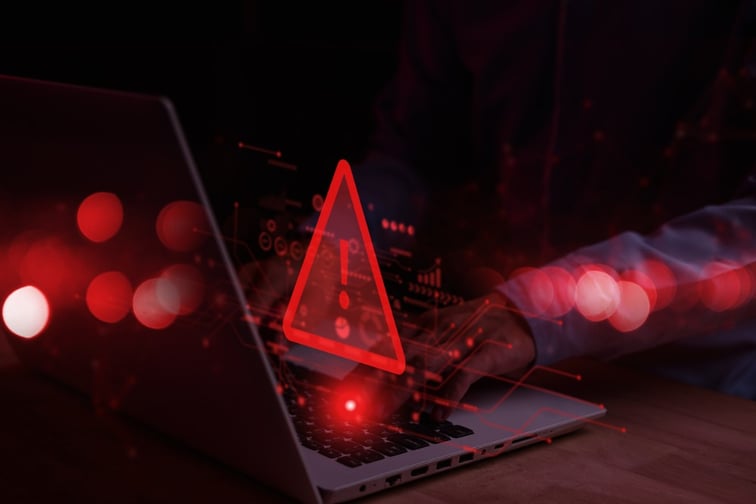

At the recent World Economic Forum Annual Meeting, SecurityScorecard unveiled the first-ever Cyber Resilience Scorecard, a tool offering a comprehensive perspective on global cybersecurity risks, with the aim of equipping leaders with essential, data-driven insights to protect global economies from cyber threats.
The study established a strong correlation between a country's cyber risk exposure and its gross domestic product (GDP), highlighting the interdependence of economic prosperity and cybersecurity capabilities. Research indicates that 44% of global cyber incidents can be attributed to the top 10 threat actor groups. These groups include well-known entities such as the Cobalt Group, Sandworm Team, and APT28, also known as Pawn Storm, Fancy Bear, and BlueDelta.
Although cyber threats are global, the operational infrastructure of these threat groups is often concentrated in specific countries. The data points to China and the Russian Federation as significant sources, with 24% and 15% of cyber threats originating from these nations, respectively.
The information services and technology industries are also found to be bearing the brunt of cyber incidents, followed by critical infrastructure sectors such as telecommunications, financial services, and government. This trend underscores the importance of collaborative efforts in cyber risk management within these high-risk industries.
The interconnected nature of the supply chain also adds complexity to cybersecurity challenges. Research by SecurityScorecard highlights that 98% of organizations rely on a third party that has experienced a breach, a concern amplified by new SEC cybersecurity incident disclosure requirements.
The scorecard aligns with findings from Gartner Research, which suggests that transparency in cybersecurity can lead to a 53% improvement in managing third-party cyber risks. Security Ratings, akin to credit ratings, provide a standardized framework for understanding cybersecurity risks. Data shows that organizations with lower security ratings are significantly more likely to suffer breaches than those with higher ratings.
“Progress starts with precise measurement. And until recently, cybersecurity lacked effective measurement. As the World Economic Forum convenes to address the imperative of rebuilding trust, Security Ratings arm global leaders with a universal language to be relentlessly data-driven in managing cybersecurity risk. By establishing clear KPIs, we can enhance cyber resilience, ultimately renewing trust in our digital ecosystem,” SecurityScorecard CEO and co-founder Aleksandr Yampolskiy said.
What are your thoughts on this story? Please feel free to share your comments below.
